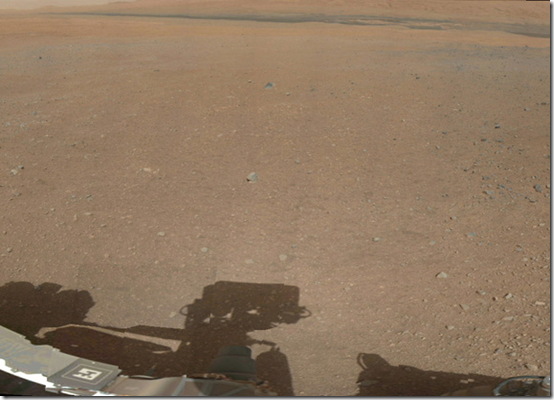
1. Froggy Meal
Bullfrogs, often shipped live between continents to be eaten, are spreading the deadly chytrid fungus that is threatening amphibians worldwide, new research indicates.
A team of researchers collected bullfrogs on sale at Asian food stores in seven cities in the United States and found 41 percent of the frogs were infected with the fungus.
2. Panoramic Snapshot of Mars
NASA's Mars rover Curiosity is transforming into a Martian shutterbug.
Since its spectacular landing on Sunday (Aug. 5 PDT) , the car-size rover has beamed home swift views of its Gale Crater landing site and itself, but the latest photos from Curiosity's mast-mounted navigation camera (or Navcams) are the best ones yet. The rover raised its camera mast on Wednesday (Aug. 8, its second full day on Mars) and has already captured its first 360-degree panorama and a self-portrait from above.
3. Largest Map of Universe Yet
The largest 3D map yet of the universe's huge galaxies and bright black holes may serve as a springboard toward solving some of astronomy's greatest mysteries, its creators say.
The map, which was released Wednesday (Aug. 8), uses new data to reveal the locations of more than a million galaxies over a total volume of 70 billion cubic light-years. (A light-year is the distance light travels in one year - about 6 trillion miles, or 10 trillion kilometres.)
4. 'Magical' Solar Storm
The sun fired off a spectacular eruption last weekend, and a NASA spacecraft captured amazing video of the violent solar outburst.
A super-hot solar filament erupted in grand style Saturday (Aug. 4), arcing into space and connecting two huge sunspots. NASA's Solar Dynamics Observatory (SDO) spacecraft had a front-row seat for the action, and its video footage of the sun eruption is both bizarre and beautiful.
5. First 3-D Views from Curiosity
Break out your 3-D glasses! NASA's new Mars rover has beamed back its first 3-D photos of the Red Planet.
The Mars rover Curiosity snapped the three-dimensional photos by combining images from the robot's navigation cameras, which operate in pairs to provide stereo views of the Martian surface.
6. Twinned Rainbows
Double rainbows had their fifteen minutes of fame on the Internet. Now get ready for their even more mysterious cousins: twinned rainbows. New research has suggested an explanation for these exotic shows of colour.
The most common rainbow has a single arc. The less common double rainbow, which consists of two separate, concentric arcs, has inspired Internet memes. Triple and quadruple rainbows have even been spotted. Even rarer, however, is the twinned rainbow, where two arcs split from a single base rainbow.
7. Monster Stars
A gaggle of monsters resides in the Tarantula Nebula, part of a nearby galaxy.
Scientists discovered four monstrously heavy stars there in 2010. With masses up to 300 times that of our sun, they have twice the mass that astronomers believed to be the upper limit for stars, confounding the known models of star formation and begging the question: how did these monstrosities become so gargantuan?
8. Massive Meteorite Crater
Researchers in Canada's western Arctic have found evidence of a crater that formed when a huge meteorite slammed into Earth millions of years ago.
Measuring about 15 miles (25 kilometres) across, the formation was named the Prince Albert impact crater after the peninsula where it was discovered. Researchers don't know exactly when it was created, but evidence suggests the crater is between 130 million and 350 million years old, according to a statement from the University of Saskatchewan.
9. Stunning Solar Tendrils
A mesmerizing photo of the sun, showing three huge solar eruptions bursting from the surface, was captured by an amateur astronomer in California.
Jim Lafferty observed the active sun from his backyard observatory in Redlands, Calif. on July 28. He used a Lunt 100 solar telescope to snap a photo of three eruptions, called prominences, along the southeastern edge of the solar limb.
10. Ice Cubed
These strangely symmetrical chunks of ice are tabular icebergs, or icebergs characterized by steep, cliff-like sides and flat tops. These ice plateaus typically form by breaking off from an ice shelf, making them an important mechanism of ice loss for researchers studying climate change.
In a new study published Friday, Aug. 9 in the journal Science, researchers constructed highly accurate records of the changes in ice volume and deep-ocean temperatures over an astounding 1.5 million years. They were then able to connect these records to the changes in Earth's orbit relative the sun over this long time span. What they found was a pattern of dramatic ice volume change and surprising changes in how the Earth responded to orbital shifts.
For example, between 1.25 million and 600,000 years ago the planet went through what scientists call the "Mid-Pleistocene Transition." Before that transition, the planet cycled through extremely cold glacial periods and warmer interglacial periods every 41,000 years or so. After the transition, the cycle period between glacial and interglacial expanded to 100,000 years. The new study finds that this transition happened quite suddenly around 900,000 years in the past.
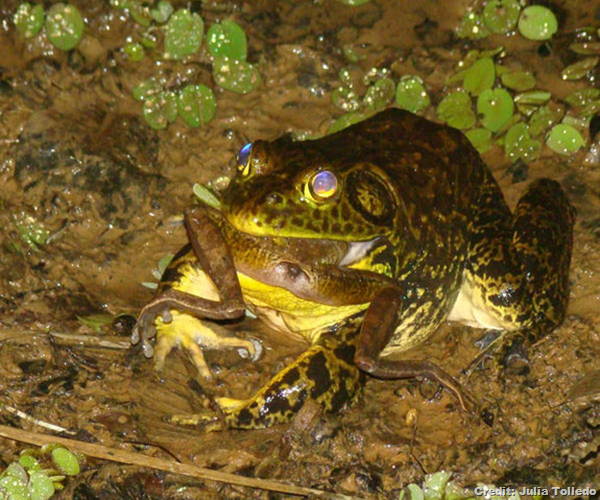
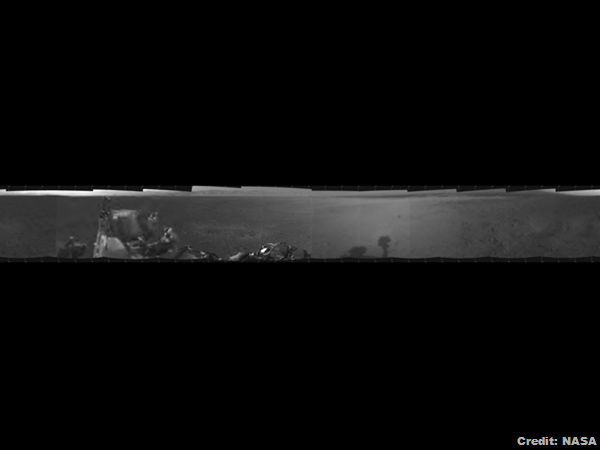

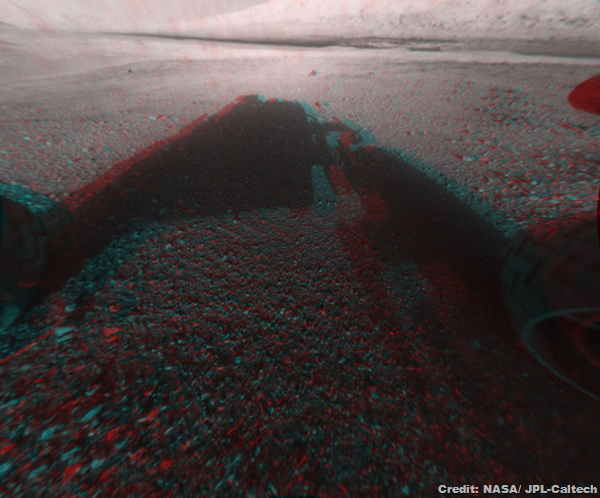

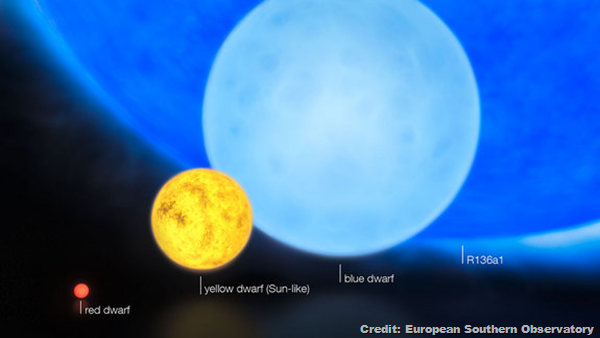
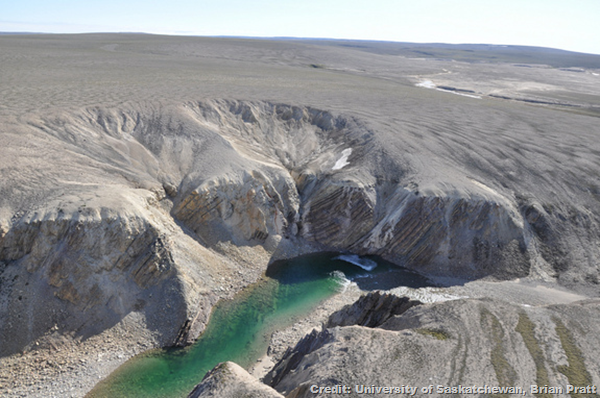


No comments:
Post a Comment
Please adhere to proper blog etiquette when posting your comments. This blog owner will exercise his absolution discretion in allowing or rejecting any comments that are deemed seditious, defamatory, libelous, racist, vulgar, insulting, and other remarks that exhibit similar characteristics. If you insist on using anonymous comments, please write your name or other IDs at the end of your message.